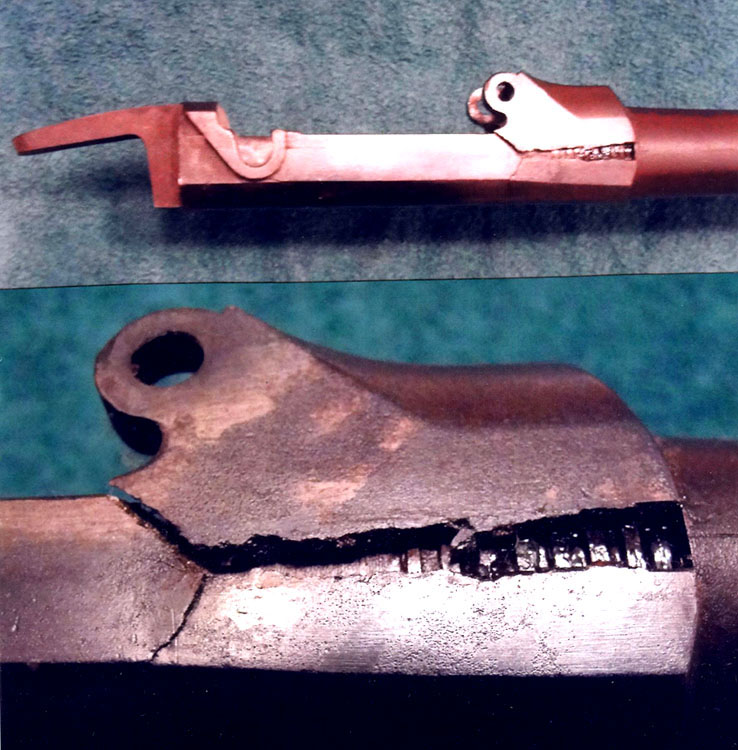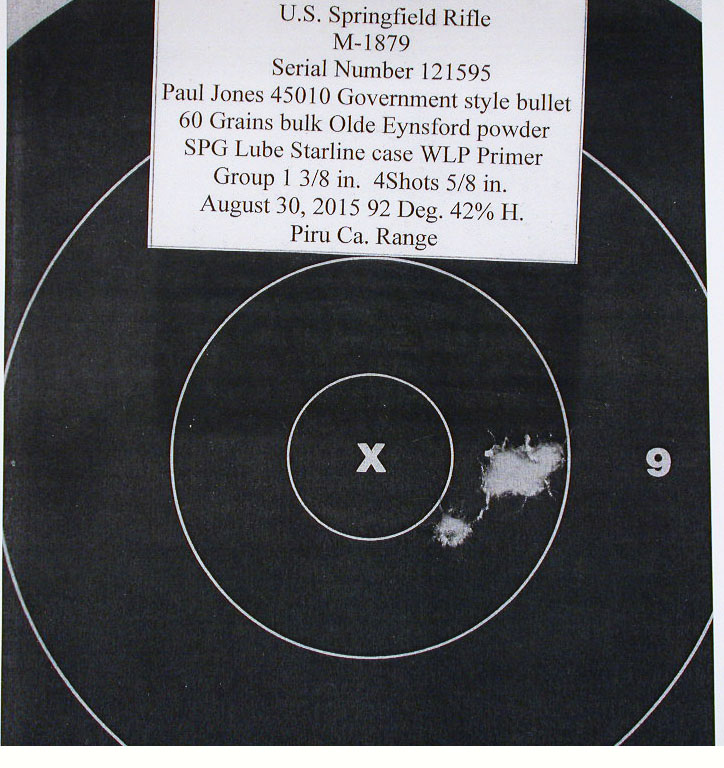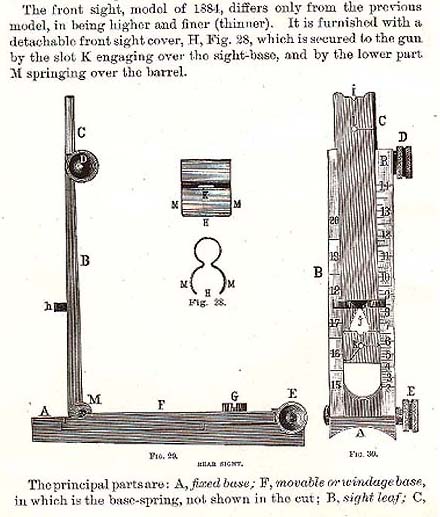| Buffalo Arms 660 Vermeer Court Ponderay, ID 83852 | 208-263-6953 Web site - www.Buffaloarms.com | |
|---|---|---|
| Black Hills Ammunition 3050 Eglin Street Rapid City, SD 57703-9574 | 605-348-5150 | |
| Missouri Bullet Co. | 816-597-3204
Web Site - www.missouribullet.com | |
| Old Western Scrounger 54 Dupont Rd. Martinsburg, W.V. 25401 | Phone - 304-274-0004 www.OWS-AMMO.com | |
| Eldorado Custom Shop 12801 US Highway 95 S Boulder City, NV 89005 | .45-90 Ammo | |
| Ivanhoe's Warehouse Outlet Box 937 Nutting Lake, MA 01865 | 888-811-2224 |
***************************
BUYING SMOKELESS 45-70 LOADS CAN BE LIFE THREATENING
 |
|---|
****************************
Books, Newspapers & Catalogs
Strongly Recommended
Loading Cartridges for the Original .45-70
Springfield Rifle and Carbine
Spencer Wolf
Cost - $39.95 post paid Pat Wolf, 9967 Nichols Lake Road,
Milton, FL 32583
patstone598@yahoo.com
www.the45-70book.com
Contact: Sierra Cotton at 850-860-1632
Black Powder Cartridge News
Cost - $20.00 for 4 issues per year PO Box 1625
Cody, WY 82414
The SPG Black Powder Cartridge Manual
???
SPG Lubricants BP Cartridge Reloading Primer
Mike Venturio &
Steve Garbo
$21.95 + $3.50 S&H SPG,LLC, PO
Box 1625, Cody, WY 82414 (307)587-7621
Buffalo Arms Catalog (208) 263-6953
Rapine Bullet Mould Mfg. Catalog 9503 Landis Lane-HA, East
Greenville, PA 18041 (215)679-5413
Buffalo Arms Catalog (208) 263-6953
NEI Handtools Catalog www.neihandtools.com
Springfield Minutemen Catalog
www.springfieldminutemen.com
252-337-6021
| Loading Cartridges for the Original .45-70
Springfield Rifle and Carbine Spencer Wolf Cost - $39.95 post paid | Pat Wolf, 9967 Nichols Lake Road,
Milton, FL 32583 patstone598@yahoo.com www.the45-70book.com Contact: Sierra Cotton at 850-860-1632 |
|---|---|
| Black Powder Cartridge News Cost - $20.00 for 4 issues per year | PO Box 1625 Cody, WY 82414 |
| The SPG Black Powder Cartridge Manual | ??? |
| SPG Lubricants BP Cartridge Reloading Primer Mike Venturio & Steve Garbo $21.95 + $3.50 S&H | SPG,LLC, PO Box 1625, Cody, WY 82414 (307)587-7621 |
| Buffalo Arms Catalog | (208) 263-6953 |
| Rapine Bullet Mould Mfg. Catalog | 9503 Landis Lane-HA, East Greenville, PA 18041 (215)679-5413 |
| Buffalo Arms Catalog | (208) 263-6953 |
| NEI Handtools Catalog | www.neihandtools.com |
| Springfield Minutemen Catalog |
www.springfieldminutemen.com
252-337-6021 |
*************************************
Recommended Antique Gunsmiths
| Bob Hoyt: 717-642-6696, Fairfield, PA. Bob specializes in barrel and receiver restoration. Recommended by John Cooley, Tony Beck, and Al Frasca. |
|---|
**************************************************
Tom Trevor 200 Yard Target
 |
|---|




